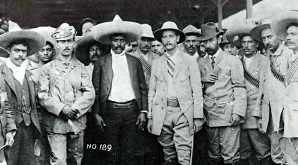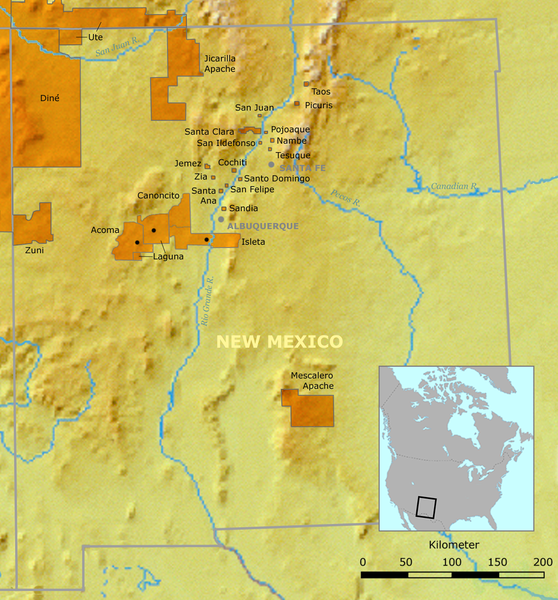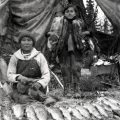
In the 1880s, the American wars against the Apache Indians ignored the border between the United States and Mexico, and the American military often ignored Mexico’s sovereignty in their eagerness to kill Apaches. This was a time when the American press often urged genocide against Indians, particularly against the Apache. Many of the military intrusions into Mexico were made in response to alleged raids by Mexican-based Apache groups.
In 1881, a small war party of Lipan Apache attacked and looted the house of an American settler in Texas, killing two people. The army followed the party into Mexico where the Apache were surprised at their mountain camp. Six Apache warriors were killed and a small boy and a woman were captured.
In 1882, Apache warriors under the leadership of Juh and Geronimo raided the San Carlos Reservation in Arizona to capture the Chiricahua Apache band led by Loco. This band had stayed on the reservation when the Chiricahua had broken free the year before. Loco and his people were forced to the Sierra Madre Mountains in Mexico. The army struck the Apaches near the Arizona-New Mexico border and then battled them again 20 miles into the Mexican state of Chihuahua. Nineteen Apache, primarily women and children, were killed in the two battles.
A war party of 25 Chiricahua Apache warriors, under the leadership of Chatto, crossed into Arizona from their stronghold in the Mexican Sierra Madre Mountains in 1883 and raided a charcoal camp near Fort Huachuca, Arizona. The raiding party then moved northeast across the southeastern corner of Arizona, covering 75-100 miles a day. They crossed into New Mexico where they killed a federal judge and his wife and kidnapped their young son to be raised as an Apache warrior. During their raids, the Apaches killed 26 Americans. They managed to escape back into Mexico without being seen by any American soldier.
In response to the raids, an American army unit of 320 men under the command of General George Crook crossed the boundary with Mexico in search of “hostile” Chiricahua and Warm Springs Apache. The expedition’s principal guide was Tzoe (called “Peaches” by the Americans), a Cibecue Apache who had been a part of the hostile bands. In addition, a number of Apache and Yavapai scouts accompanied the Americans.
The Americans managed to surprise the Apache in their mountain stronghold. Consequently, a number of the Apache leaders-Geronimo, Naiche, Chihuahua, Chato, Bonito, Nana, Loco, Mangas, and Kahtennay-agreed to return to the reservation in Arizona.
In 1885, two bands of Chiricahua Apache left the San Carlos Reservation in Arizona. Tiswin was a traditional Native alcoholic beverage which had been forbidden by the American government. In open defiance of the government’s prohibition, the Apache had brewed up the tiswin (a kind of beer or wine), got drunk and had fled into Mexico. One of the bands was led by Naiche and the other one by Chihuahua. There were about 140 people in the two bands, including 35 men and 8 boys old enough to fight.
One raiding party of ten warriors slipped back into the United States, carried out raids for a month in an area patrolled by 83 companies of soldiers. They killed 38 Americans, captured a number of horses, and escaped back into Mexico with the loss of only one warrior.
In the Bavispe Mountains of Sonora, Mexico, Chihuahua’s band encountered U.S. troops. While the warriors diverted the troops, the women and children hid in a cave. However, the army found the women and children. They killed some, and then forced the survivors, including the wounded, to walk several hundred miles to Fort Bowie, Arizona. At the Fort, food was simply thrown on the ground for the women and children, implying that the prisoners were no more than animals. The women, including the wounded, were forced to dig latrines.
What many histories record as the final intrusion into Mexico during the 1880s Apache Wars came in 1886 when the Chiricahua Apache surrendered to the United States Army in Mexico on the condition that they would be held as prisoners for two years and would then be allowed to return to their own land. Instead, they spent the next 27 years as prisoners of war in prisons in Alabama, Florida, and Oklahoma.



Leave a Reply